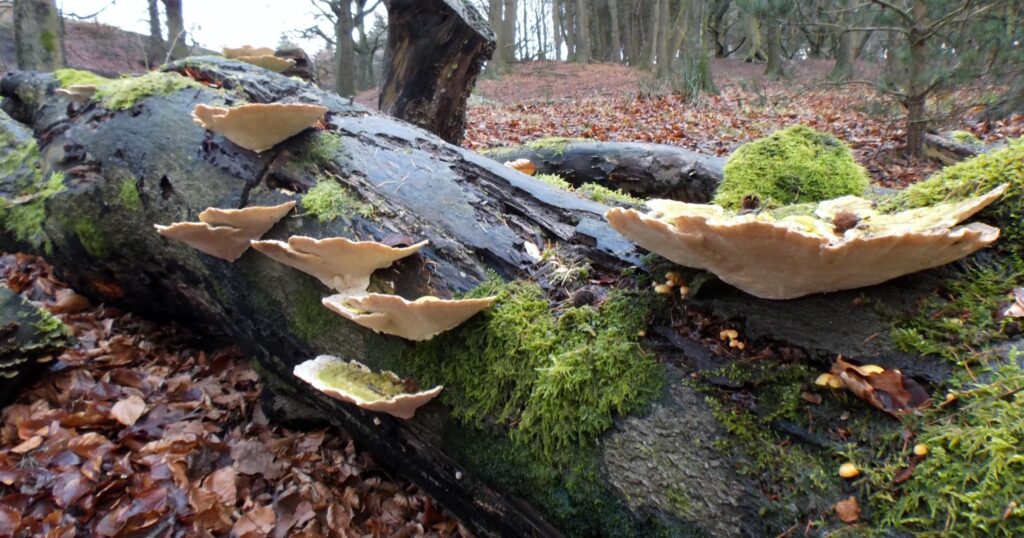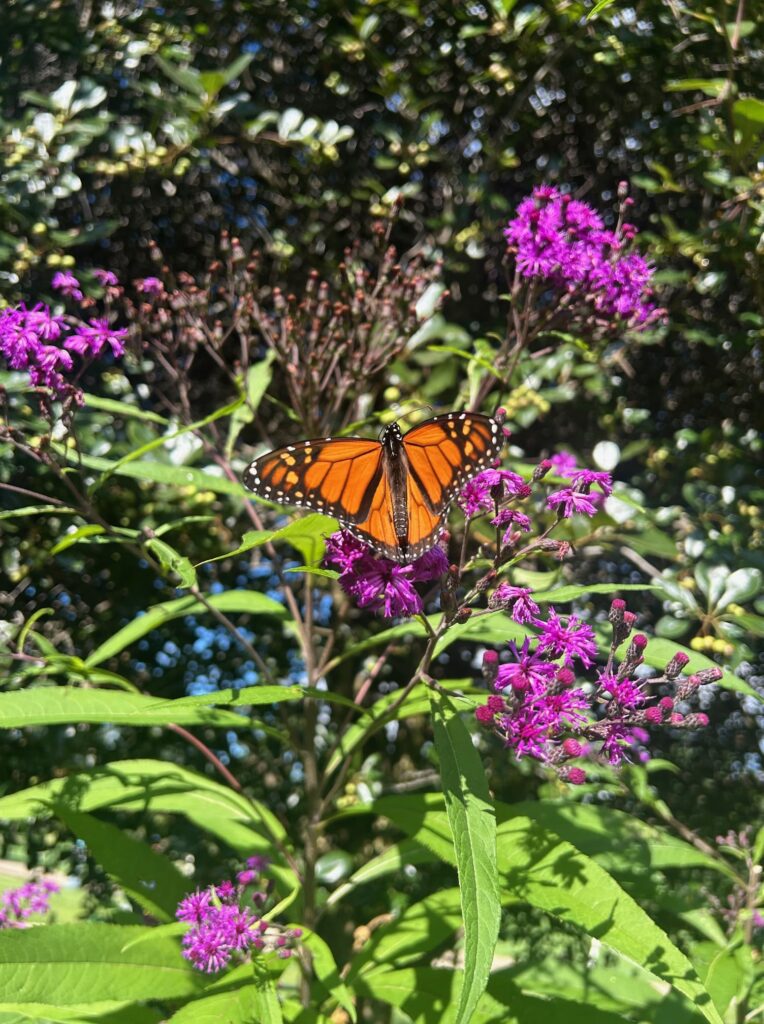There is currently uncertainty regarding the future of wildlife management policy in Botswana, which has some of the largest populations of wildlife in southern Africa, including Africa’s largest national elephant herd. During late 2008, the government of Botswana expressed an intention to prohibit safari hunting in several Controlled Hunting Areas (CHAs) adjacent to national parks in the north of the country, following the expiry of current leases. Specifically, the government plans to establish a 25 km buffer zone around protected areas in northern Botswana, in which safari hunting is not permitted. This article briefly discusses the potential implications of such recommendations in terms of sustaining Botswana’s wildlife populations.
Historical Context
During the 1960s and 1970s, a small group of southern African nations (including Botswana) introduced two key changes to wildlife management practice which had a dramatic impact on the prospects for conservation: landowners were granted user rights over wildlife through legislative reforms, and safari hunting of wildlife was promoted. Those changes resulted in a largescale switch from livestock to wildlife-based land uses on private land, and stimulated development of Community-based Natural Resource Management (CBNRM) in a variety of communally-owned areas. As a result of financial incentives for conservation resulting from sustainable use, and safari hunting in particular, southern Africa experienced significant increases in the abundance and distribution of wildlife outside of protected areas and the recovery of a number of endangered species. The expansion of wildlife populations was particularly pronounced on private land. For e.g., over 200,000 sq. km of private land has been converted to game ranching in South Africa. In parts of southern Africa, the achievements are increasingly extending to communal land. In Namibia, for example, wildlife populations are booming on communal land due to the development of communal conservancies. On both private and communal land, safari hunting typically provides the entry point for former livestock farmers to adopt wildlife-based land uses because it enables the derivation of financial returns from small and low diversity populations of wildlife. Botswana has traditionally been a strong proponent of the principles of sustainable use, and the wildlife sector relies heavily on returns from safari hunting. Approximately 74% of the vast (~227,000 sq. km) wildlife estate (and 81% of community land used for wildlife production) is dependent on returns from consumptive wildlife utilisation.
Implications of Restricting Utilisation
1. Community Benefits
Safari hunting currently generates 72% of income for CBNRM programmes in Botswana, and restricting the industry has the potential to severely curtail financial incentives for conservation. The proposal to limit safari hunting represents one component of a broader trend towards centralisation of control of management over wildlife resources in Botswana (as has also occurred in several other parts of southern Africa in recent years). For e.g., a clause in the Botswana CBNRM policy (finalised in 2007) suggests that 65% of wildlife revenues will be centralised into a national trust fund. Similarly, a moratorium was placed on lion hunting (despite the absence of evidence of negative impacts associated with the practice in Botswana), significantly reducing the potential returns to communities from safari hunting. The clearest successes in promoting wildlife conservation outside of protected areas in Africa have been achieved where authority to manage and utilise wildlife has been devolved to the landholder level. In Botswana, by reducing the freedom of communities to manage wildlife and imposing restrictions on safari hunting, the government risks reducing community buy-in to natural resource management and reducing incentives for conservation.
2. Hunting and Tourism Trade-offs
Safari hunting generates 15% of tourism revenues from only 1% of tourist arrivals, making it one of the lowest impact forms of tourism in Botswana. Safari hunting typically focuses on male animals and results in the removal of 2-5% of ungulate populations and generally has minimal impact on the viability of wildlife populations. The trophy quality for most species has been fairly constant over time in Botswana, indicating that the quotas for most species are sustainable. Photo-tourism is an important contributor to GDP and to conservation efforts in Botswana. However, there are a number of drawbacks associated with photo-tourism that prevent it from being a panacea for natural resource management and rural development. Most significantly, photo tourism is generally only viable in areas with very high densities of visible wildlife, and/or spectacular scenery and large areas of Botswana’s wildlife estate are not suitable. Photo-tourism relies on visitation by far greater numbers of tourists than safari hunting, resulting in environmental impacts through fossil fuel use and habitat conversion for the creation of tourism infrastructure. Furthermore, inequity in receipt of benefits can undermine the conservation and development benefits of photo-tourism.
Photo tourism generates relatively little direct employment in Botswana, and most jobs created are in menial support services. Leakage of revenues from the photographic industry is also a serious problem. Approximately 73% of photo-tourism revenues are leaked from Botswana overseas, compared to 25% of safari hunting income. The majority of earnings from photo-tourism in Botswana are generated via ‘enclave’ tourism (i.e., tourism operations run by foreign companies with a weak benefit stream to local communities), and comparatively few benefits accrue to CBNRM tourism ventures.
3. Regional Conservation Alliances
During recent decades, Botswana has been a strong advocate for the principles of sustainable use. Unity among southern African nations has been crucial in preventing and limiting the impact of proposals tabled at CITES meetings designed to limit the sustainable use of wildlife in southern Africa. If Botswana, a country traditionally so resolute in its support of the principles of sustainable use, was to impose stringent restrictions on hunting, the impression among other countries may be that such a decision was based on negative environmental consequences associated with hunting (despite a lack of evidence to support such assumptions, and regardless of the clear conservation gains resulting from financial benefits from hunting). Such nations may then be persuaded to vote for proposals designed to curtail sustainable utilisation of southern African wildlife resources at CITES meetings.
In addition, Botswana is a signatory to the Southern African Development Community (SADC) Protocol on Wildlife and Natural Resources, the primary objective of which is to: “establish within the region and within the framework of the respective national laws of each state, common approaches to the conservation and sustainable use of wildlife resources”. Increased centralisation of control over wildlife management, and restrictions on the freedom on communities to derive benefits from wildlife via safari hunting is contrary to both the SADC Protocol on Wildlife and Natural Resources, and to harmonised trans-boundary management of wildlife populations.
Conclusion
Botswana’s conservation policies during recent decades have been largely progressive and effective, resulting in the conservation of a vast wildlife estate and increasing community involvement in wildlife-based land uses. This success has been achieved through a blend of protection and sustainable use. Restricting consumptive wildlife utilisation would represent a retrogressive step and a topdown imposition that would reduce the profitability of wildlife-based land uses in many rural areas, and reduce community earnings and buy-in to natural resource management. Restricting hunting would not likely be associated with compensatory increases in earnings from photo-tourism and the net impact would probably be reduced incentives for people to conserve wildlife. Instead, policy-makers in Botswana should maximise the diversity of options for generating income from wildlife; allow market-forces, community preferences and the characteristics of individual areas to determine the ideal form of wildlife uses outside protected areas; and focus attention on key issues affecting conservation in Botswana such as blockages to migration routes created by veterinary fencing, and livestock subsidies which discourage wildlife-based land uses.
Peter Lindsey (palindsey@gmail.com) is at the Mammal Research Institute, University of Pretoria, Pretoria, South Africa.
Further Reading
Barnett, R. and C. Patterson. 2006. Sport hunting in the SADC Region: An overview. TRAFFIC East/Southern Africa. South Africa: Johannesburg.
Bond, I., B. Child, D. de la Harpe, B. Jones, J. Barnes and H. Anderson. 2004. Privateland contribution to conservation in South Africa. In: Parks in transition (ed. Child, B.). Pp. 29-62. UK: Earthscan.
Child, B. 2008. Community-conservation in southern Africa: Rights-based natural resource management. In: Evolution and innovation in wildlife conservation (eds. Suich, H., B. Child and A. Spenceley). Pp. 187-200. UK: Earthscan.
Jones, B. and M. Murphree. 2004.Community-based natural resource management as a conservation mechanism: Lessons and directions. In: Parks in transition (ed. Child, B.). Pp. 63-103. UK:Earthscan.
Jones, B. and C. Weaver. 2008. CBNRM in Namibia: Growth, trends, lessons and constraints. In: Evolution and innovation in wildlife conservation (eds. Suich, H.B. Child and A. Spenceley). Pp. 223-243.UK: Earthscan.
Kalahari Conservation Society. 2009. Hunting and the future of wildlife conservation in Botswana. Kalahari Conservation Society report. 76 pp.
Lindsey, P., R. Alexander, L. Frank and S. Romañach. 2006. The potential of safari hunting to create incentives for wildlife conservation in Africa where alternative wildlife-based land uses may not be viable. Animal Conservation 9: 283-298.
Lindsey, P., P. Roulet and S. Romañach. 2007. Economic and conservation significance of the safari hunting industry in sub-Saharan Africa. Biological Conservation 134: 455-469.
Martin, R.B. 2008. Review of safari hunting in Botswana: Financial and economic assessment – draft report. Consultancy for The Botswana Wildlife Management Association. 40 pp.
Mbaiwa, J. 2008. The realities of ecotourism development in Botswana. In: Responsible Tourism (ed: Spenceley, A.). Pp. 205-224. UK: Earthscan.
National Agricultural Marketing Council (NAMC). 2006. Report on theinvestigation to identify problems for sustainable growth and development in South African wildlife ranching. NAMC Report, 2006-03.
Spenceley, A. 2008. Impacts of wildlife tourism on rural livelihoods in southern Africa. In: Responsible Tourism (ed: Spenceley, A.). Pp. 159-186. UK: Earthscan.





